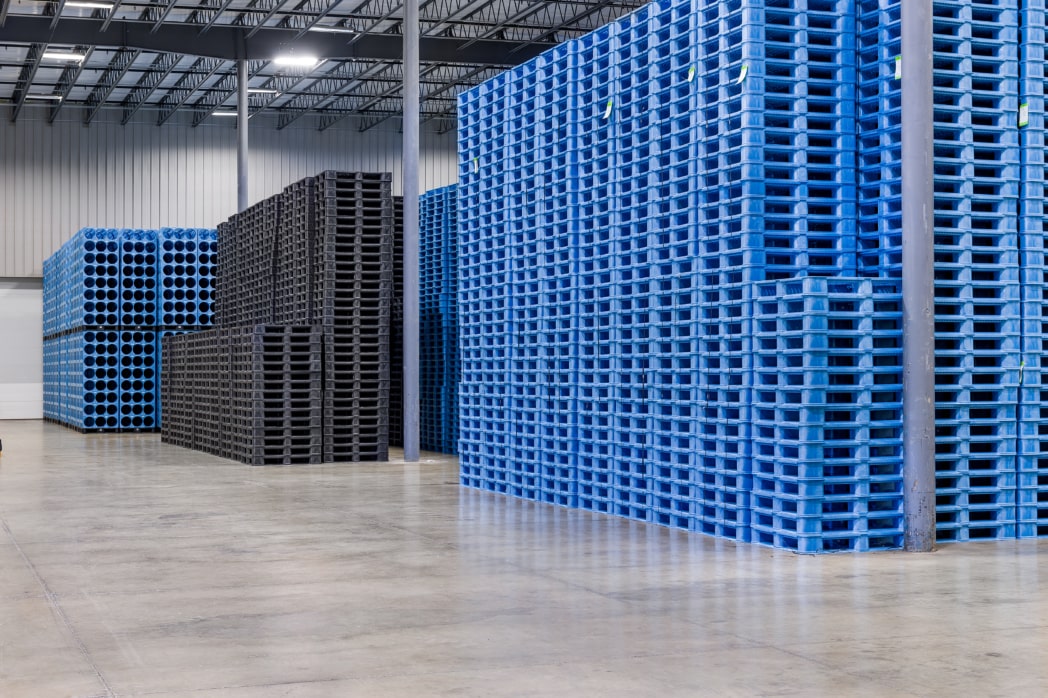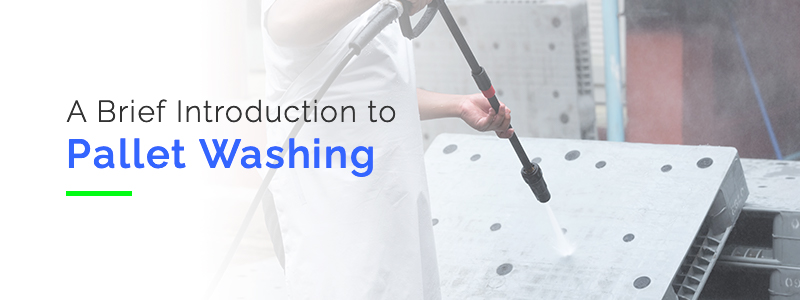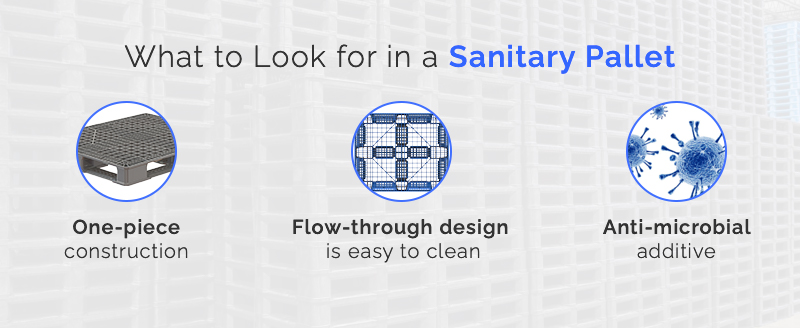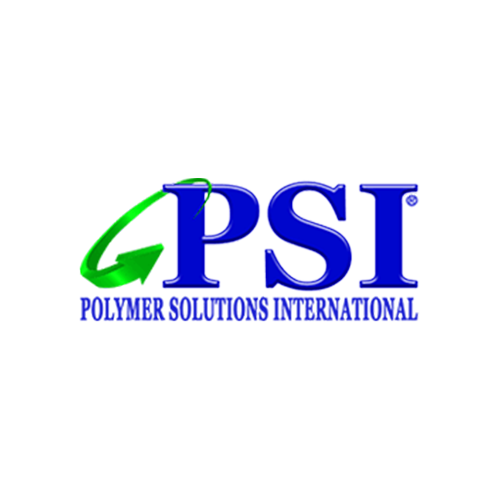Pallets are used every day in warehousing, material handling and retail operations. Given the frequency with which they come into direct contact with your products, it’s worth thinking about how clean they are.
Pallet washing is an important safety consideration in any operation that handles food or requires sanitary conditions. It’s also just good business, regardless of your industry and application. Here’s what you need to know about pallet washing, and how to go about it without interrupting your productivity.
Are Plastic Pallets Safe to Reuse?
One of the advantages of plastics pallets is the ability to reuse them. Unlike wooden pallets, which are porous and absorb harmful substances, you can easily wash and sanitize plastic pallets for further use. This trait makes them useful to industries where cleanliness is critical, such as food and pharmaceutical operations.
Before you reuse your plastic pallets, you need to ensure your cleaning and sanitizing methods meet government standards. The pharmaceuticals and food manufacturing industries have regulations for sanitization processes to ensure products stay safe for human use.
What Types of Pallets Are Easiest to Wash?
Pallets come in all shapes, sizes and materials, and some are better-suited for certain applications than others. However, when it comes to cleanliness and sanitation, plastic is the best choice. Washing plastic pallets is fast and easy.
Unlike wood or metal products, they can be hosed down and dried quickly, without affecting their structural integrity. As well, some plastic pallets — such as the hygienic pallets available at Polymer Solutions International, Inc – have antimicrobial features that make them suitable for use in ultra-hygienic applications.
Browse Our Plastic Pallet Selection
What Are the Benefits of Cleaning Plastic Pallets?
Regularly disinfecting and cleaning plastic pallets is a critical part of a hazard analysis and critical control points (HACCP) program. Even if you’re not required to clean your pallets, doing so can prevent the outbreak of foodborne illness or other contamination issues that can lead to liability issues and reputational damage.
As well, keeping your plastic pallets clean can extend their life and potentially improve workplace safety. Built-up dirt, grime and grease can wear down your pallets, and in certain instances create unsafe handling conditions. Ultimately, a clean workspace is a more productive workspace — pallets, like any other material handling equipment, are a big part of that.
How Are Pallets Cleaned?
There are many options for cleaning a plastic pallet. Doing so with a minimal amount of downtime is essential. Operations will simply wash them with a regular hose or pressure washer. This method is fast and straightforward, and it requires little additional investment.
For high-volume applications, automated pallet washers are an option. These machines quickly process multiple pallets at once, cleaning away dust, dirt, grease and other contaminants. Some include a high-temperature steam system for ultra-hygienic applications. Be aware that these products might not fit all pallets — check your size and capacity requirements before purchasing any machine.
How to Clean a Pallet
There are three main methods of plastic pallet cleaning. You can:
- Clean by hand. Cleaning pallets by hand is a form of manual cleaning. Workers can use soap, water and sanitization products to clear plastic pallets of dirt, grime and unwanted germs.
- Power-wash. The power washing method can be automated or manual. An individual may feed pallets into a machine that sprays and cleans them with an industrial washer. This method is highly efficient, and automated setups handle the feeding process, so no manual labor is required.
- Pressure-wash. High-pressure washing is best for tough-to-clean substances because it uses a focused water stream to blast off materials. With everything contained in one machine, high-pressure washers provide an excellent automated procedure for stubborn contaminants, such as grease.
Manual vs. Automatic Pallet Washing
Pallet cleaning is crucial for various industries, but you can choose what method to use. When deciding between manual and automatic pallet washing, consider your operation’s resources.
Manual Pallet Washing
Manual pallet washing relies on labor. Whether a team manages the cleaning by hand or feeds pallets into a power washer, it can be a tiring and lengthy process. Manual pallet washing is an ideal choice for smaller operations. If you’re not pushing a lot of product, you won’t have hundreds of pallets to clean.
Manual pallet washing is also the most economical option because it doesn’t require special equipment. The most important aspect of manual cleaning is ensuring you meet government regulations, so pallets are safe to reuse. Handling the process by hand is generally not as effective, so cleaners must ensure they’re thorough in the sanitizing process.
Automatic Pallet Washing
Automatic pallet washing is the faster, more effective method of cleaning plastic pallets. You can trust a power washer or high-pressure washer to rid your pallets of all contaminants. A power washer can also help you meet government standards and wash many pallets in a short period.
You also eliminate the need for manual labor with an automatic setup. Workers won’t have to spend hours cleaning the pallet supply, allowing them to focus on other parts of the product line.
The biggest con of automatic cleaning is the cost. While it offers advantages, some operations may not be able to afford the high price. Automatic washers are an investment, but you’ll eventually make the money back with reduced manual labor and saved time.
Whatever pallet cleaning method you choose, you can expect your plastic pallets to be safe for more uses and hold up much longer than standard wooden pallets.
Browse Our Plastic Pallet Selection
What to Look for in a Sanitary Pallet
Whether or not you use an automated washer system is just one factor that goes into choosing the best pallets for your needs. If sanitation is your primary concern, you’ll also want a pallet that contains no hollow areas or other spaces where bacteria can accumulate. A non-porous material, ideally with an antimicrobial coating, is also critical.
Polymer Solutions International, Inc. manufactures a range of different products that are easy to clean and built for long-term productivity. Keep browsing our website to explore our product options, contact us online or call us directly at 610-325-7500 for assistance.
Our hygienic plastic pallets are the perfect solution to optimize your supply chain during the COVID-19 pandemic. Learn more about our COVID-19 response.





